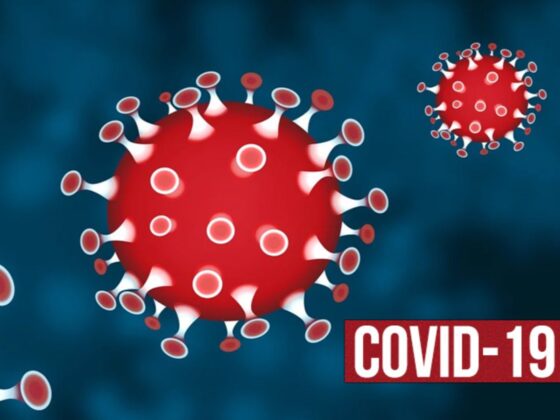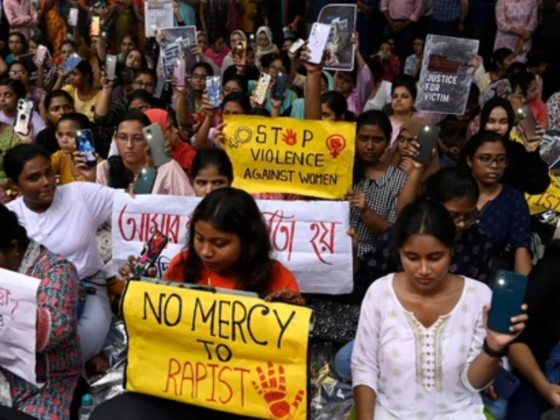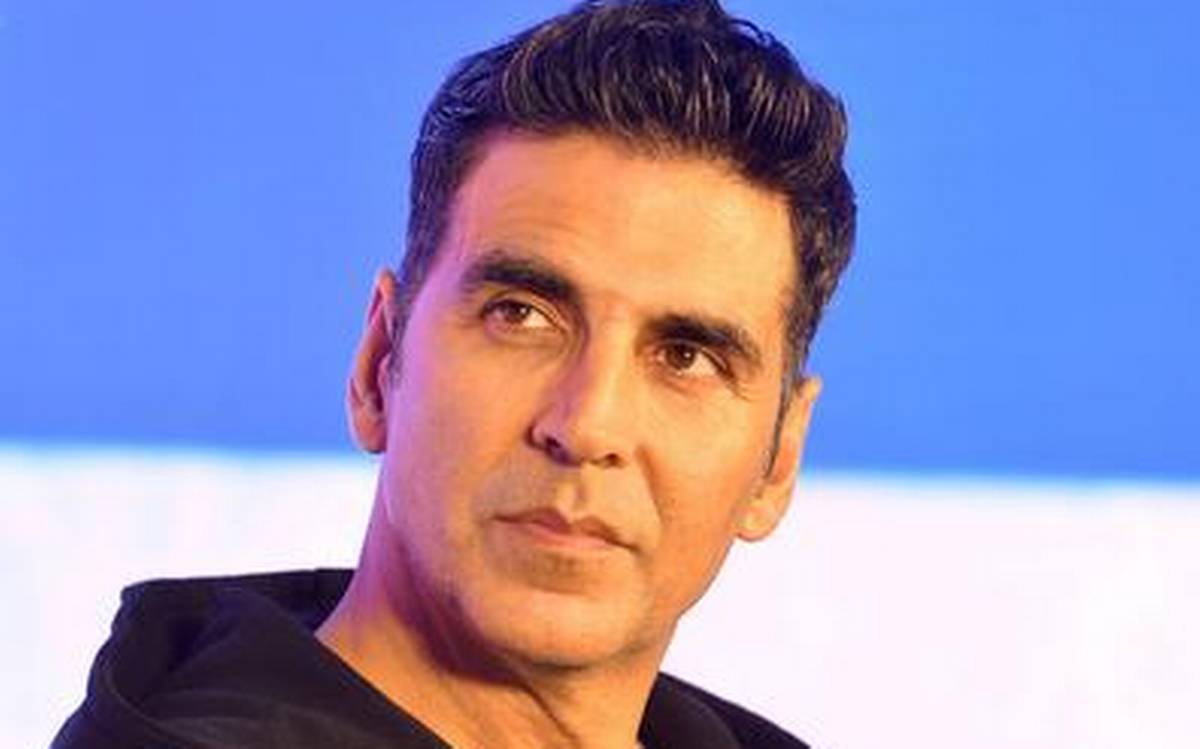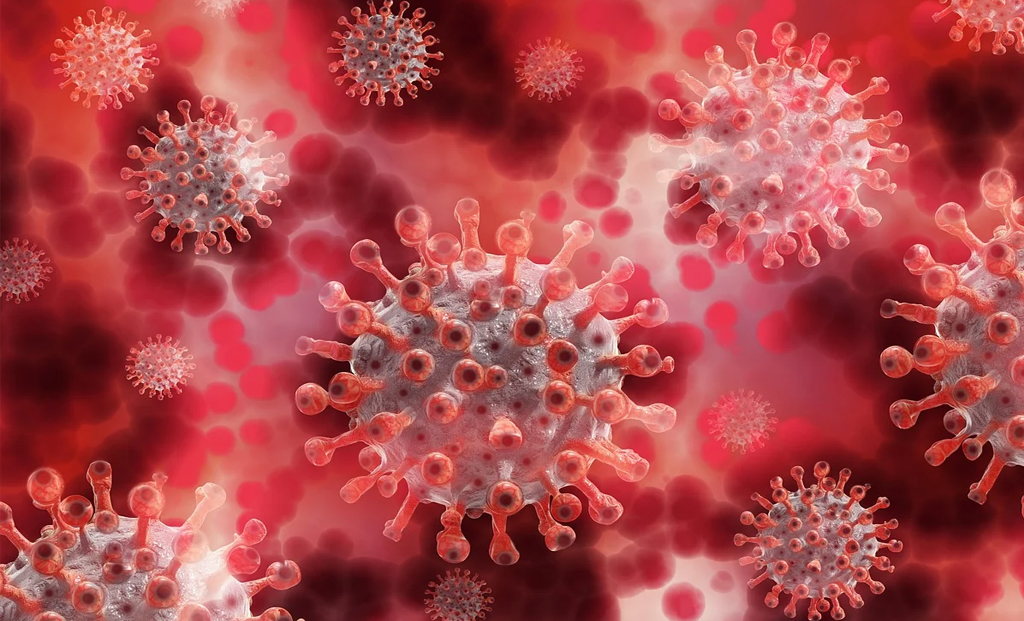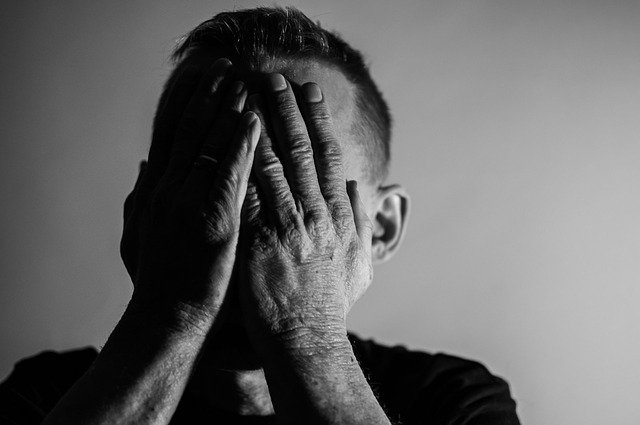Depression, anxiety, and substance abuse rates soar as the world grapples with a preventable crisis.
In the midst of the ongoing battle against the COVID-19 pandemic, another crisis is silently taking its toll: a sharp rise in suicide and mental health issues. The impact of the pandemic on our emotional well-being has been profound, with depression and anxiety rates surging by a staggering 25% globally within just two years, according to the World Health Organization (WHO).
Substance abuse disorders have also seen a drastic increase, with a consistent jump averaging between 20% and 30% compared to pre-pandemic times, as reported in a study by Chacon et al. published in Discoveries.
This concerning trend is closely linked to the most severe forms of mental health conditions, which significantly increase the risk of suicide—a devastating and preventable cause of premature mortality. Annually, over 700,000 lives are lost to suicide worldwide, although the actual numbers are likely much higher due to underreporting and stigma surrounding mental health. In India alone, there has been a consistent year-on-year increase of around 7% in suicide deaths since 2019, with over 150,000 people losing their lives to suicide in 2021, according to the National Crime Records Bureau’s annual report. Shockingly, suicide has become the leading cause of death among individuals aged 15 to 29 in India, as per the National Suicide Prevention Strategy.
Recognizing the warning signs of suicide is crucial, and the Mental Health First Aid manual outlines several red flags, including expressing thoughts of self-harm, seeking access to means of suicide, talking or writing about death or suicide, feelings of hopelessness, reckless behavior, increased substance use, withdrawal from loved ones, persistent anger or depression, and preparing for death by consolidating assets.
While individuals can play a vital role in identifying these signs by listening non-judgmentally and offering empathy, addressing this crisis requires a comprehensive public health approach. The Ministry of Health’s National Suicide Prevention Strategy provides a framework for various stakeholders to work collaboratively towards reducing suicide deaths by 10% by 2030.
Key components of the strategy involve widespread dissemination of educational materials about identifying risk factors and protective factors of suicide, as well as information on accessing mental health treatment. Primary prevention efforts focus on building resilience in children and youth through problem-solving skills, conflict resolution, and self-advocacy. Promoting a healthy lifestyle, strong social support systems, early access to quality mental health treatment, and restricted access to potentially fatal means of self-harm are vital preventive measures.
In light of this crisis, it is imperative to reassess the concept of “social distancing.” While physical distancing is necessary to combat the pandemic, maintaining regular contact with family and friends, even through virtual means, is crucial to combat isolation, depression, substance abuse, and suicidality.




